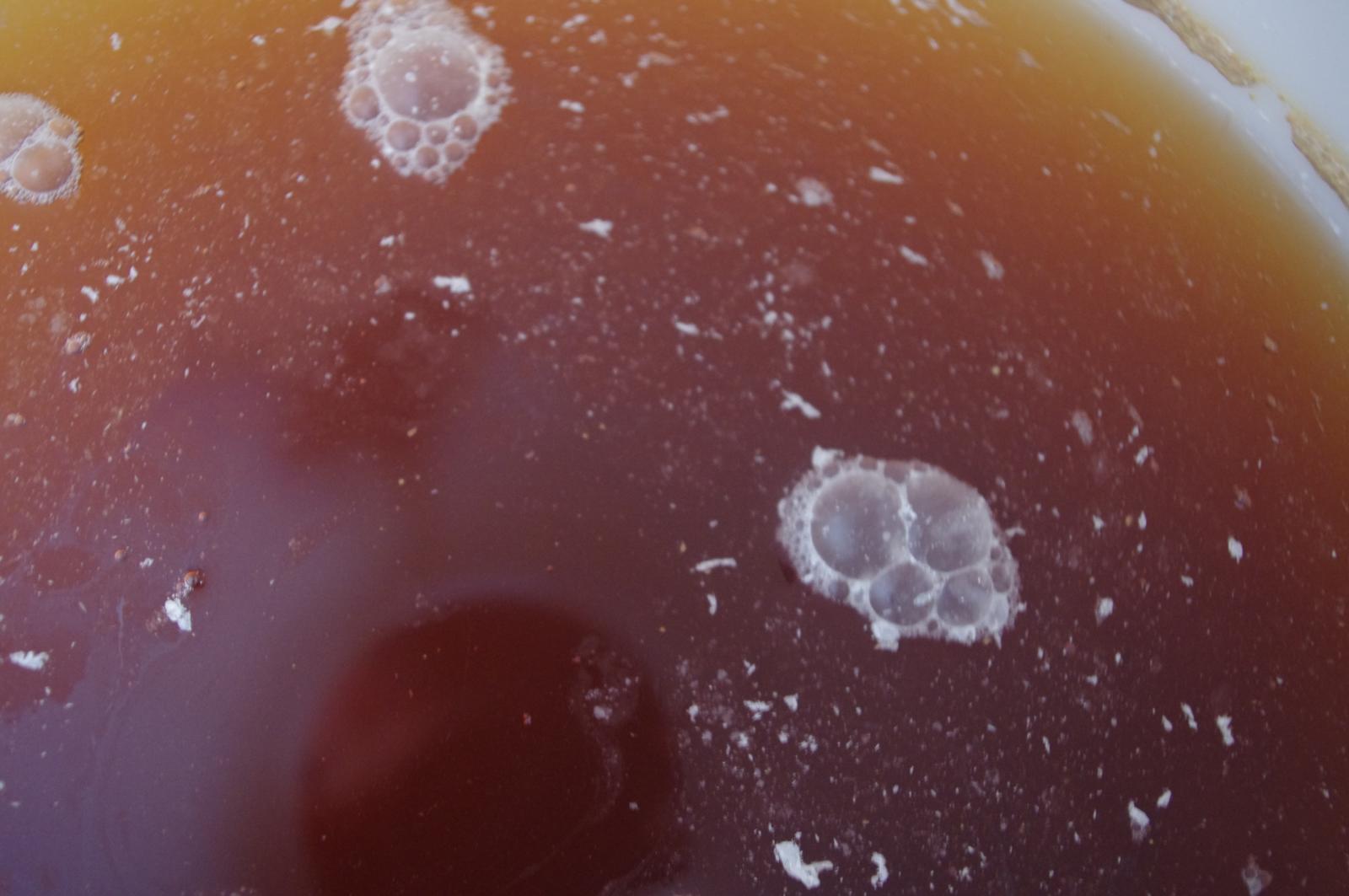Anybody got some recipes for a beer with a slightly sweet taste like pineapple?
thanks,
Bobby Cox
Ah ha. I did, and many landed in the fermentor as my dip tube clogged in transfer. Lesson learned. Used a diy hop blocker yesterday, so no more.
I pitched a RIS on the cake last night, hoping those old hops don't mess with the flavor to much.




















![Craft A Brew - Safale BE-256 Yeast - Fermentis - Belgian Ale Dry Yeast - For Belgian & Strong Ales - Ingredients for Home Brewing - Beer Making Supplies - [3 Pack]](https://m.media-amazon.com/images/I/51bcKEwQmWL._SL500_.jpg)






































